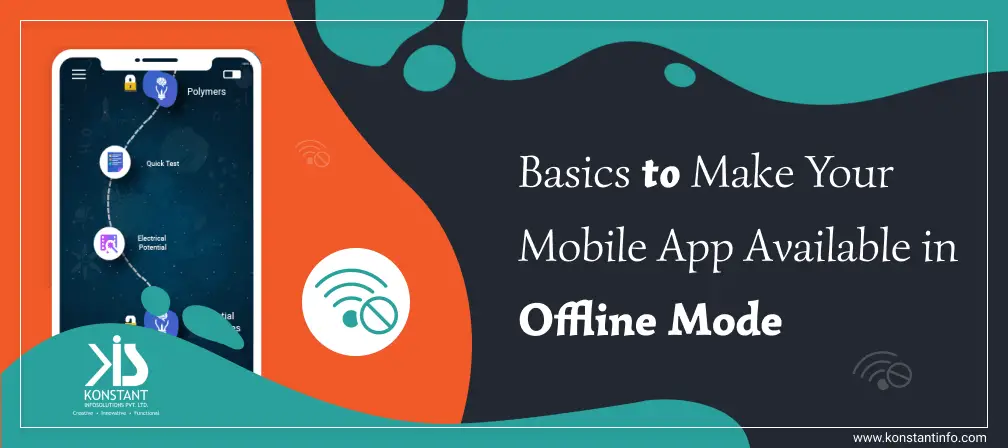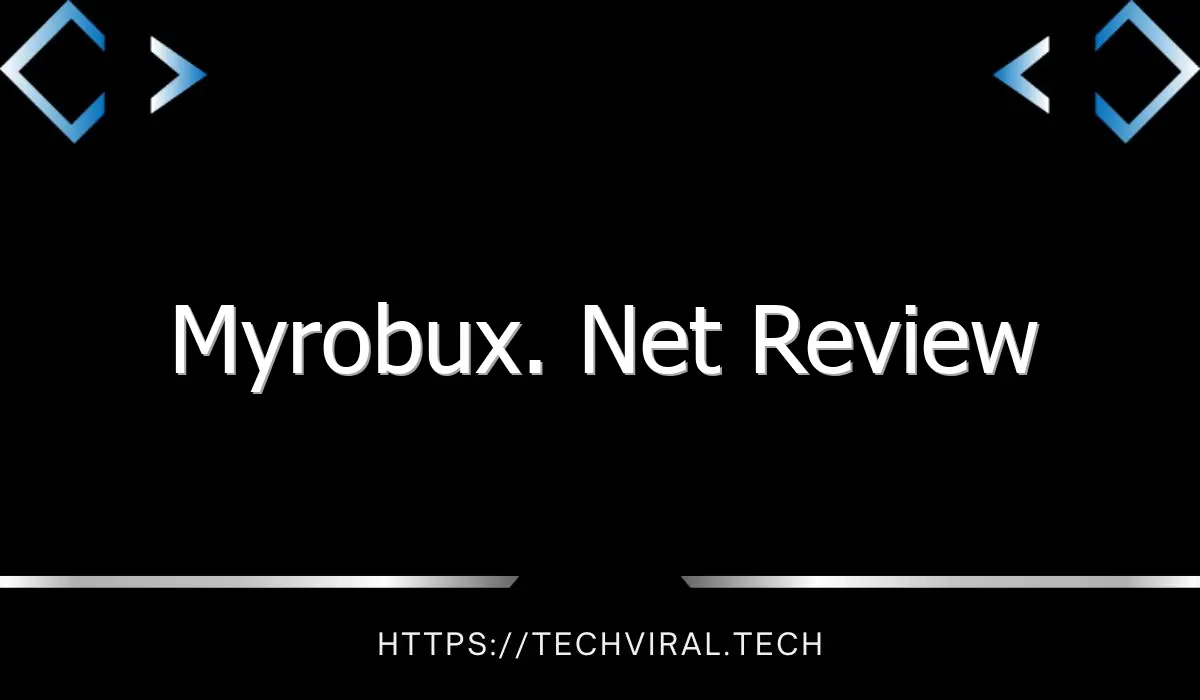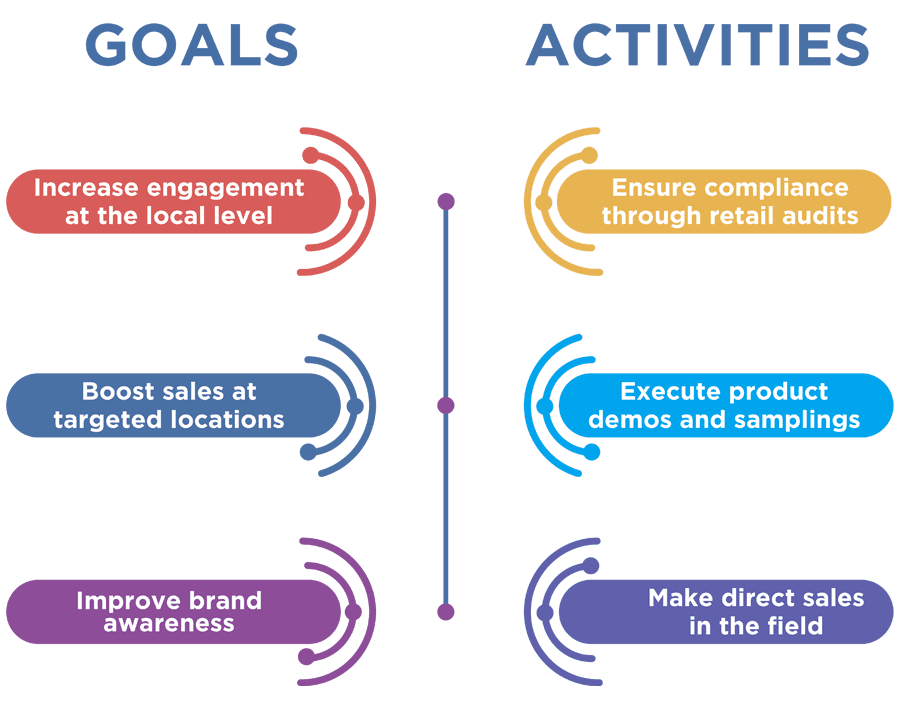Building Offline-First Apps

Offline-First Apps are apps that don’t require constant connection to the web in order to function. They are generally more complex to create, but they tend to have better performance than apps that constantly exchange data with the server. This is because constant server-user data exchange can slow an app down.
Offline-first approach to app development
Offline-first apps present local data to the user right away, without having to wait for data to be transferred from the network. They also take advantage of a device’s battery power, only requesting data when it is optimal. This way, offline-first apps can display information when the device is charging or connected to WiFi, and persist user input.
This approach is beneficial for apps with large databases. It allows developers to download a smaller version of the database to the user’s device, making it more useful. In addition, the smaller version means that the user will always have access to the information. It also reduces the risk of bugs and ensures a high level of user satisfaction.
When developing offline applications, developers must consider how their apps will handle changing data. A common offline solution is caching, which stores data on the device for read access. This approach also ensures that the UI will render smoothly even when there is no internet connection. This solution may be sufficient for some apps.
Offline-first apps also have other advantages. They can be faster to launch, and can function without constant connection to the internet. Since users usually have limited data roaming plans, they’re likely to download and use apps that are optimized for offline use. However, these apps are often more complicated to develop.
Offline-first apps can communicate with backend servers by using advanced synchronization protocols. They also enable updates to their database without a data connection. The servers and apps can also keep track of changes made to the database. This allows the user to make changes offline and synchronize the database when the connection is restored.
Offline-first apps also require less dependency on the network data source, and they are more likely to provide read and write access to users even when offline. They also require minimum data usage. This makes them a great choice for relational data, but it’s important to keep in mind that the data source must support synchronization.
When using offline-first apps, it’s important to ensure that the app will work properly offline as well as online. This ensures that the app won’t be affected by a poor network connection. The changes made offline will be synced to the cloud once connectivity is restored. The process uses cache, publish/subscribe patterns, and queuing, so that the app remains usable even when offline.
An offline-first approach to app development focuses on the user’s experience. By removing the need to constantly re-connect to a network, offline first supermarket apps can provide a faster shopping experience. The user can also browse the app’s directory of products without re-entering their credit card details.
Most mobile applications rely on a database on a server. Offline-first apps don’t rely on an internet connection to run, so the user can use the app even when they don’t have a reliable connection. They can also store important data on their device, making them easier to use and maintain.
Replication of online experience in offline mode
When creating an offline version of an app, it is important to replicate the experience online. Unreliable network connectivity and battery limitations can cause a poor user experience and cause frustration. Fortunately, there are ways to replicate an online experience without sacrificing user experience. This can be achieved by investing in backend and frontend development.
Methods of implementing Offline-First approach
Offline-first app architecture enables developers to use data stored offline to support offline use. This is particularly useful for applications such as text editors or data-sharing. These apps must be able to keep track of changes in shared state, which is not always possible in the same location.
Offline-first apps rely on local storage to present data when needed. They also monitor battery levels and only request data when conditions are optimal. For example, large applications do not have to re-download all of their data each time, but instead can implement caching and only download the changed data.
The offline-first approach allows developers to focus on the most important things for end users. It lets them build robust apps that provide an excellent user experience even when there is no network connectivity. For example, apps can allow users to access maps without a data connection, update content and sync data without a connection. Offline-first apps also allow users to interact with the app when offline, which is particularly useful in rural areas.
An offline-first app architecture also requires a data layer repository. These combines data sources in one location and allow them to read and write data locally without network connectivity. These data sources should be local to the app, so that data is always available locally. Moreover, offline-first apps should have a local data source to avoid relying on remote data sources.
Offline apps should also consider revisiting data that has recently been accessed. In this case, offline apps can cache the most recent data using the device memory. In addition, they can also use a disk-based cache to store additional portions of visited data. The offline apps’ architecture should be designed in such a way that it can handle concurrent data and ensure that users do not experience a downtime while offline.
The latest development in offline-first app architecture is Service Workers. Service Workers are a mechanism for caching and handling offline requests. Earlier, the AppCache tool provided this functionality, but it had many issues. With Service Workers, a developer can intercept client requests and cache the results in the offline state. Service Workers are now supported by major browsers, including Firefox, Opera, and Google Chrome. Microsoft Edge also plans to add support for this technology.
Cloudant Sync is an ideal platform for native mobile apps with an offline-first architecture. It has separate versions for Android and iOS and supports CouchDB Replication Protocol. When the CouchDB Replication Protocol is implemented, Cloudant Sync can store data locally on the device and sync to CouchDB Server.




